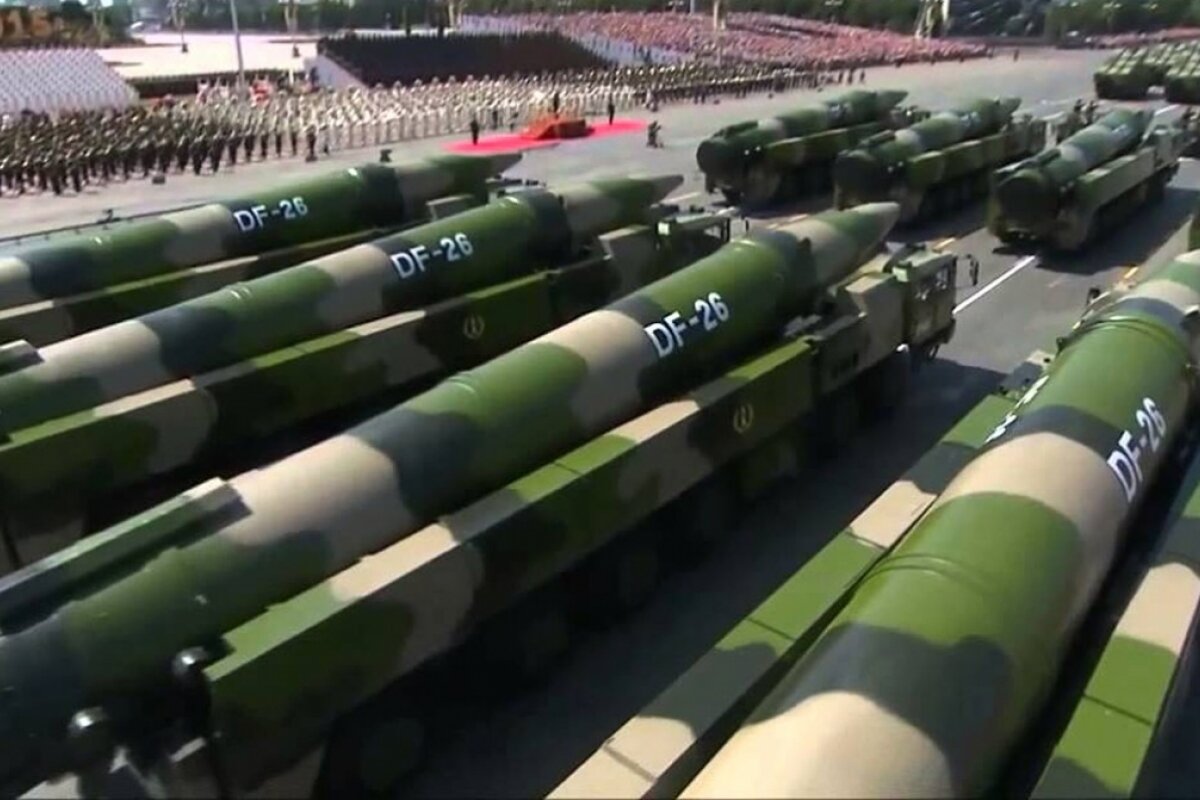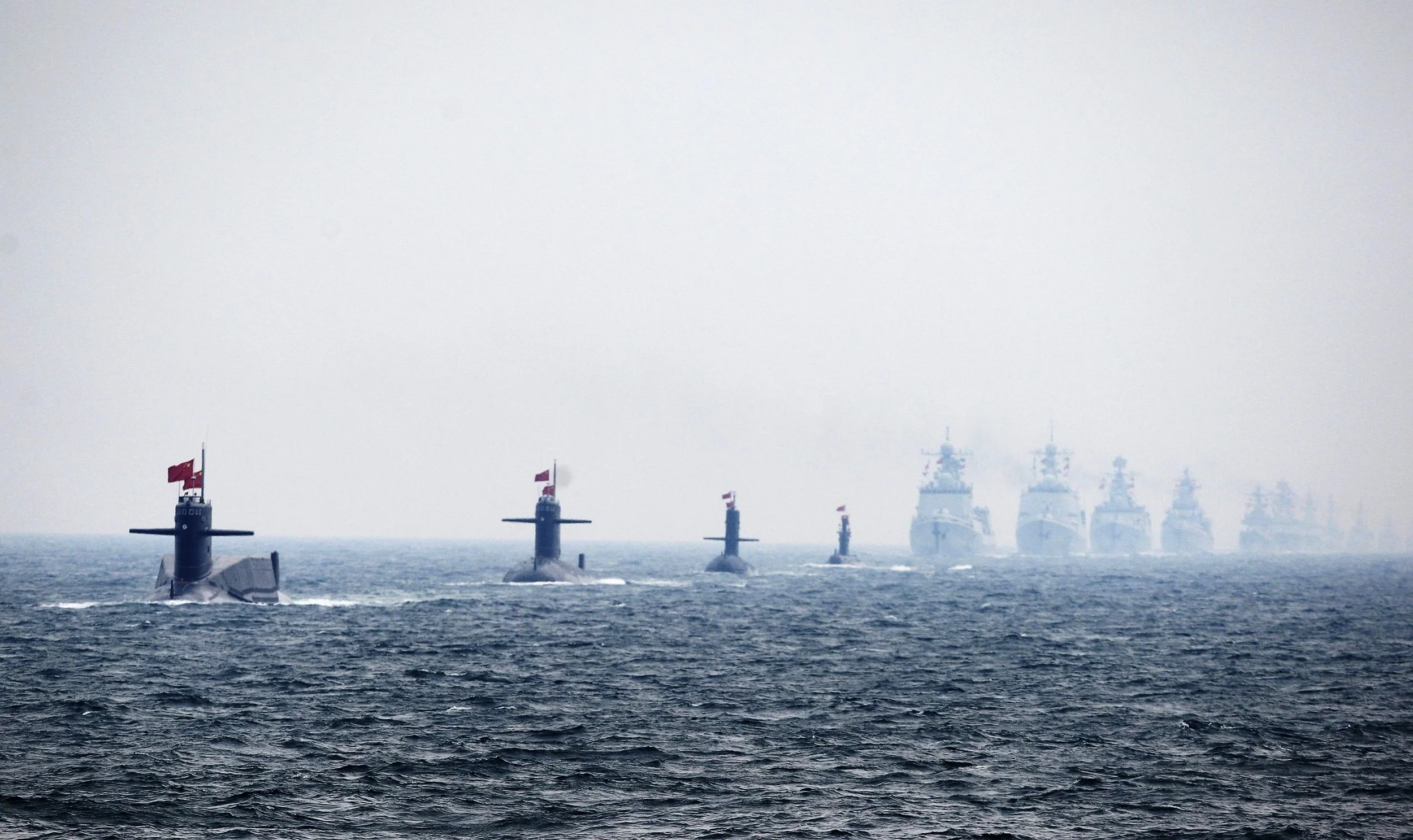China’s counter-intervention capability presents a tremendous impediment to continuous U.S. military operations within the Indo-Pacific. Its South China Sea claims, underpinned by weapons development and efforts across the non-military elements of national power, are intended to ensure China’s freedom of action. A free and open Indo-Pacific relies on further development and deployment of U.S. integrated air and missile defense systems and offers the means for hindering China’s counter-intervention strategy. These recommendations provide a realistic approach to compete with China in multiple domains and to ensure access in the event of a regional crisis.
Information Operations Countermeasures to Anti-Access/Area Denial
The good news about China’s anti-access/area denial actions in the South China Sea and beyond may be that in apparently selecting a hybrid strategy, China has chosen to operate in the Phase 0/Gray Zone/Shaping area, thus avoiding activity that generates an overt military response. That said, the strategy involves brinksmanship, so proper use of information operations is critical to communicate intentions and avoid miscommunications leading to miscalculations and overt military conflict. Information operations can also cloud Chinese calculations to make preemptive strikes less appealing and more fraught with risk.
Extending the Second Offset and Multi-Domain Battle
Multi-Domain Battle offers a conceptual structure for an extension of the technological and doctrinal Second Offset. This combination can continue to offset any adversary's ability to mass effects in the cyber, information, and electro-magnetic spectrum as well as massed lethal fires. The desired capabilities needed to force seams in enemy defenses and establish temporary windows of opportunity in the physical and cyber domains will serve to set disciplined conditions for a conceptual and actual Third Offset.
#Reviewing Fire on the Water & Meeting China Halfway
Our analysis is built on a foundation of sand. We offer bold proclamations and precise policy proposals designed to cajole, convince, or coerce a hostile nuclear power whose decision making process is utterly opaque to us. We theorize much, and assume more, but we still do not know why the Chinese do what they do. Most critically, we do not know how to find the knowledge we lack. This is an intellectual challenge we have not begun to meet. Understanding Zhongnanhai is a wonderful methodological puzzle—but a puzzle with nuclear stakes. Until we solve this puzzle, I doubt any number of policy prescriptions will be enough to ensure peace in the West Pacific.
Defeating Anti-Access/Area Denial in the West Pacific
In recent years, a major focus of China’s military has been the development of an operational concept to deny or make costly access to areas of the Western Pacific for potential adversaries. This concept is commonly referred to in the United States defense planning community as anti-access/area denial (A2/AD). It emphasizes the use of long range striking power aided by sensors, largely in the form of ballistic and cruise missiles, to hit naval surface forces and fixed targets on land. Surface-to-air-missiles and fighter planes guard these weapons from enemy air strikes while stealthy diesel submarines and missile-equipped surface ships pose an additional threat to naval forces operating in the area. The A2/AD concept also envisions strikes on enemy space-based sensors and communications. This system is designed to destroy or prevent enemy forces entering a given sea or air space.






